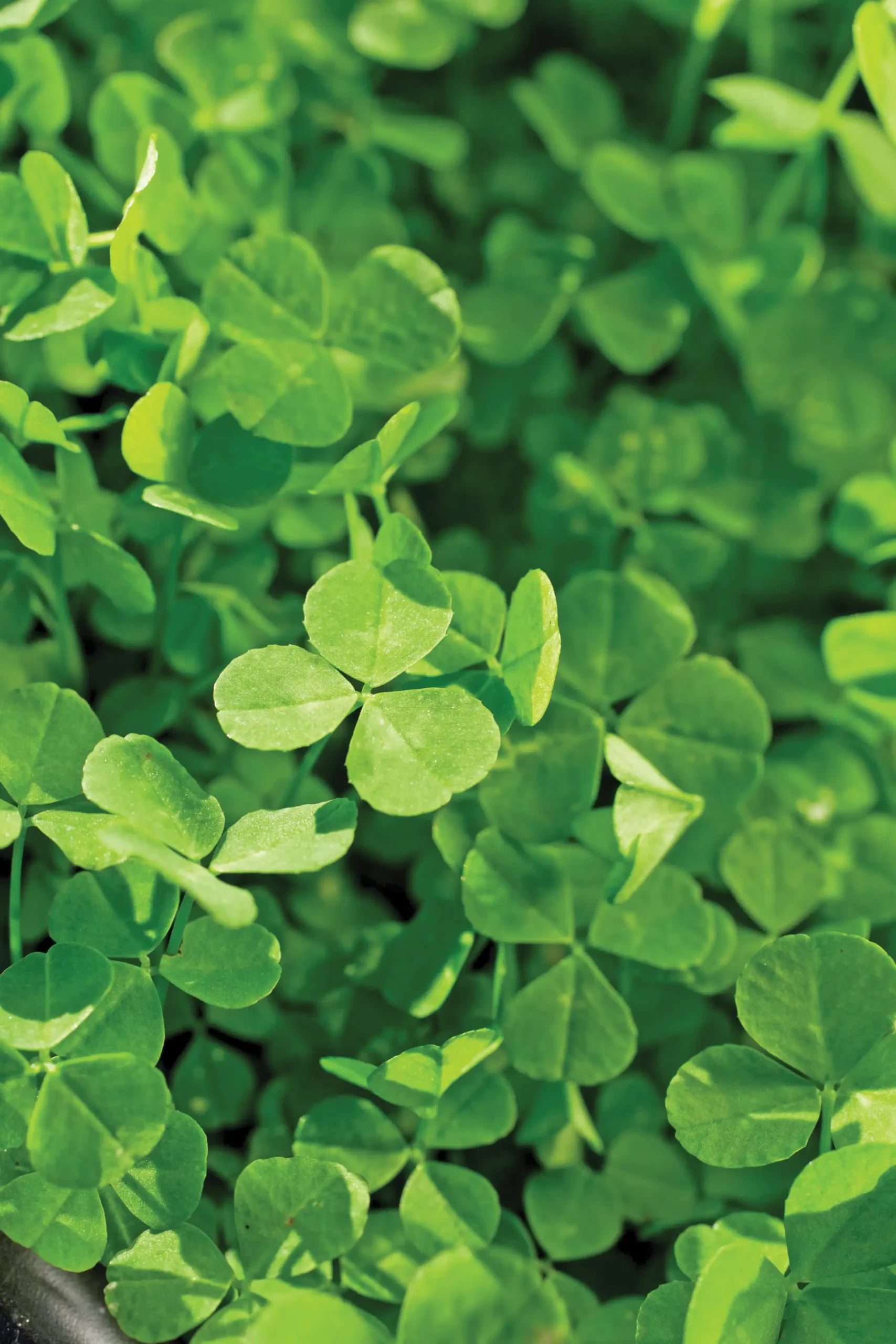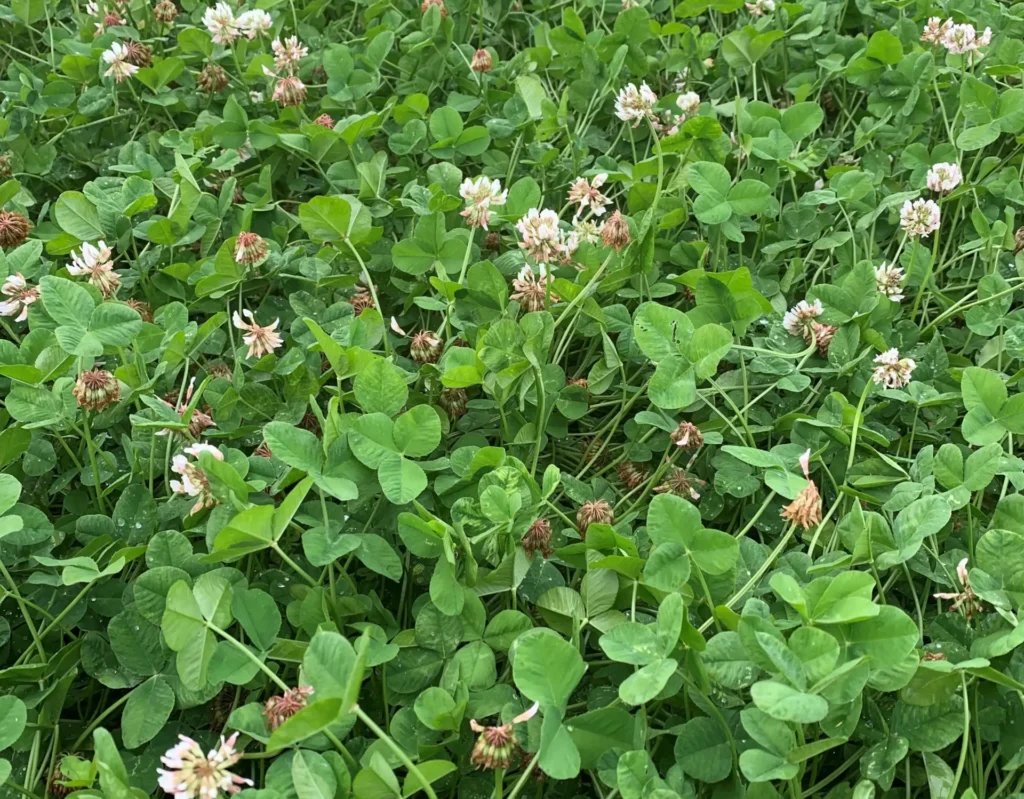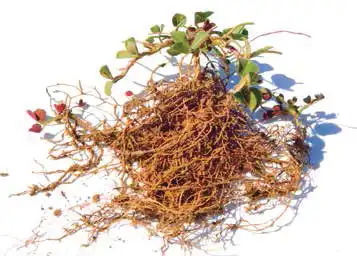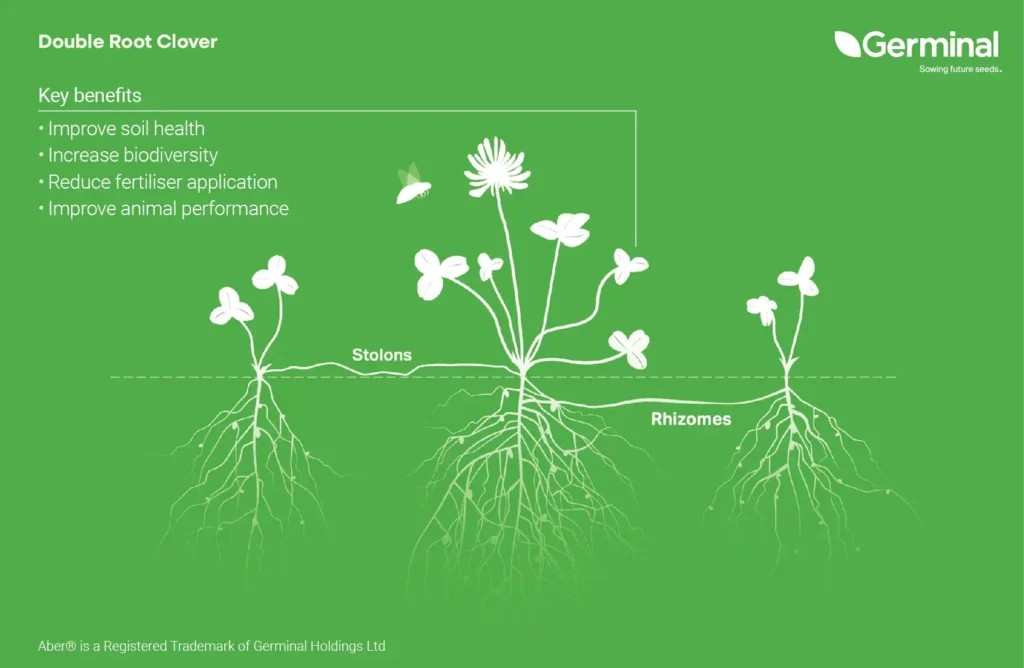AberLasting is a Caucasian/White Clover cross providing the nutritive and N-fixing benefits of white clover, as well as drought-tolerant rhizomatous root characteristics of Caucasian.


Exclusive to UMS

Scientific Name

Trifolium repens
Sowing Rate

3 – 5 kg/ha
Blend Rate

1 – 3 kg/ha
Leaf Size

Small


Key Features
High levels of stolon density and tolerance to set stocking once established
Bred to provide a more drought tolerant and persistent perennial legume
Ideal for long term grazing
An excellent component in all perennial pasture blends
Plant Characteristics
Has all the characteristics of a small-leaf white clover coupled with the drought tolerance of Caucasian clover
Stolons and rhizomes from the Caucasian clover
Dense fibrous root system for dry tolerance
Where can I grow it?
Suitable for use in all grazing systems including permanent pasture with limited water
Proven to be drought tolerant and persistent, even in clover root weevil area
Frequently Asked Questions
Sow at 3-5kg/ha alone or 1-3kg/ha when a component of a pasture mix.
Six-month-old AberLasting (below) planted in October 2015 into an unfertile, dry and bony site. The plant is expressing itself similar to a Caucasian clover below ground, with new plants growing off the parent plant rhizomes. These new plants are then establishing tap roots measuring down to at least 200 mm.

Typical quality characteristics of white clover and perennial ryegrass
| White Clover | Perennial Ryegrass | |
|---|---|---|
| Digestibility (D-value %) | 75 - 82 | 65 -75 |
| Crude protein (%) | 27 | 17 |
| Dry matter intake by sheep (kg/day) | 1.9 | 1.6 |
| Calcium content (%) | 1.6 | 0.6 |
| Magnesium content (%) | 0.18 | 0.16 |
| Phosphorus (%) | 0.6 | 0.3 |
| Copper (parts per million) | 10.0 | 6.5 |
| Selenium (parts per 100 million) | 0.6 | 0.2 |